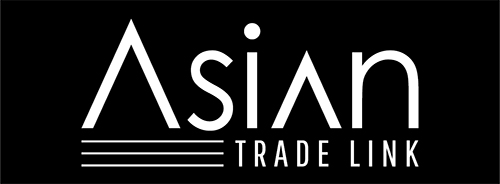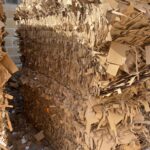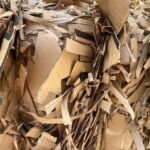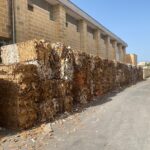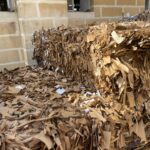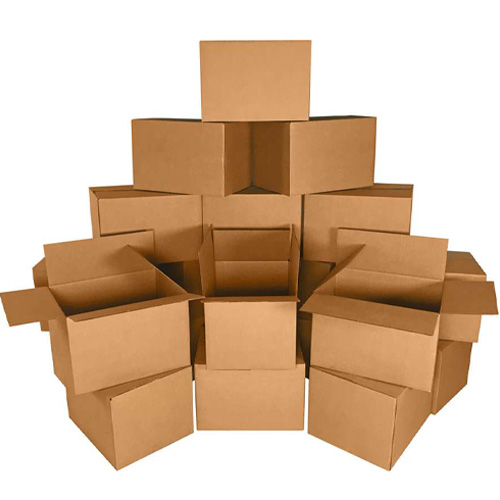

Corrugated Box
A corrugated box is a type of packaging made from corrugated fiberboard, commonly known as cardboard. It is widely used for shipping and storing various products due to its strength, durability, and cost-effectiveness. Corrugated fiberboard is made by gluing a fluted inner layer (corrugated medium) between two flat outer layers (linerboard), creating a strong and rigid structure.
Deal : Bulk, Retail & Export
Printed Cover : Optional
Size : Small to Big and Customized Size also accepted
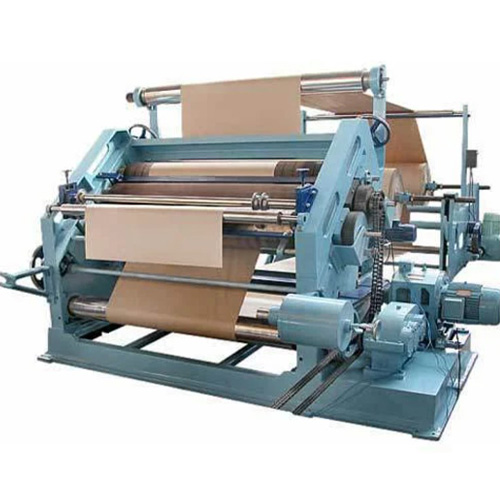

Corrugated Machine
A corrugated machine, also known as a corrugating machine or corrugator, is a specialized piece of industrial equipment used in the manufacturing of corrugated fiberboard, which is the primary material used to make corrugated boxes, rolls, and sheets. The corrugated machine performs the process of combining the various layers of paper to create the characteristic wavy pattern (corrugations) that gives corrugated fiberboard its strength and rigidity.
Deal : Retail & Import / Export
Brand : Customized
Capacity : Optional
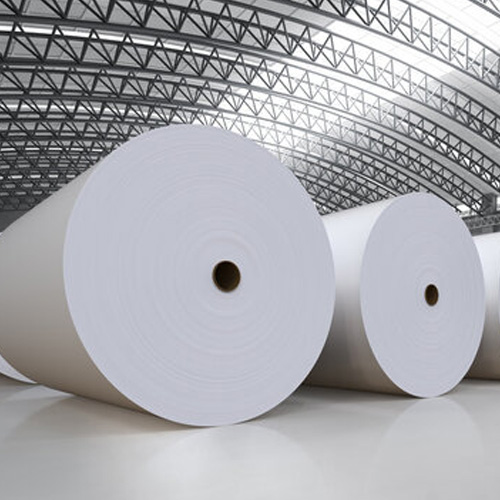

Paper Roll
A paper roll refers to a continuous sheet or roll of paper wound around a central core. Paper rolls are commonly used in various industries and applications due to their convenience and versatility. The paper used in these rolls can vary in type, thickness, size, and purpose, depending on the specific needs of the user.
Available Grade:
Craft paper | Duplex paper | Shake craft | Bleach craft | White craft | White back
Paper specification :
16 to 55 bf | 40 to 350 gsm
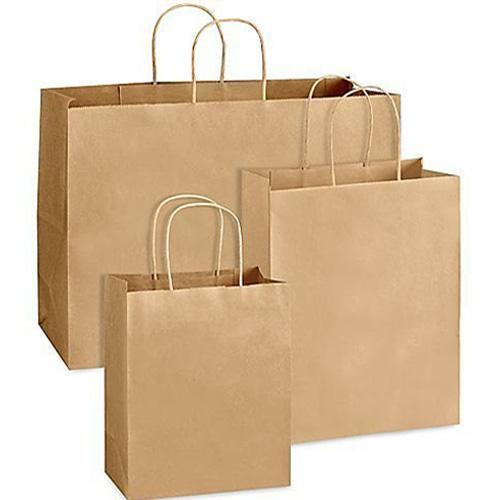

Paper Bag
A paper bag is a type of bag made from paper, typically Kraft paper, which is a strong and recyclable material. Paper bags are commonly used for carrying and packaging various items, offering a more environmentally friendly alternative to plastic bags. They come in different shapes, sizes, and designs to suit various purposes and preferences.
Deal : Retail & Export
Brand : Customized
Quantity : Accepted All
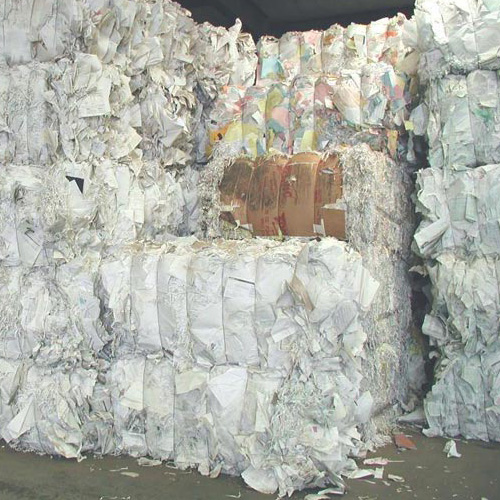

Paper Scrap
Paper scrap refers to discarded or leftover pieces of paper that are no longer needed for their original purpose. It can be generated from various sources and can come in different forms and sizes. Paper scrap is a type of waste material, but it can also be a valuable resource for recycling and reusing in various industries.
Available Grade :
Occ | Ds 12 | Kcb | Ndlkc
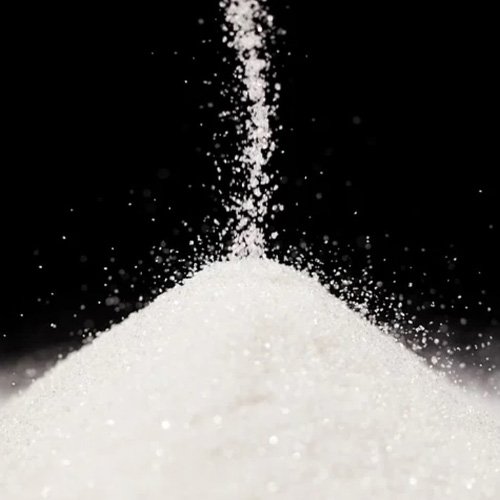

Sugar
Sugar is a sweet-tasting, crystalline substance that belongs to the carbohydrate group of compounds. It is one of the most commonly used and widely consumed sweeteners in the world. Sugar is a vital ingredient in various food and beverage products, adding sweetness and flavor. It occurs naturally in many plants, but the most commonly used sugar is sucrose, which is extracted from sugarcane and sugar beets.
Deal : Bulk, Retail & Export
Brand : All Brands
Quantity : Accepted All
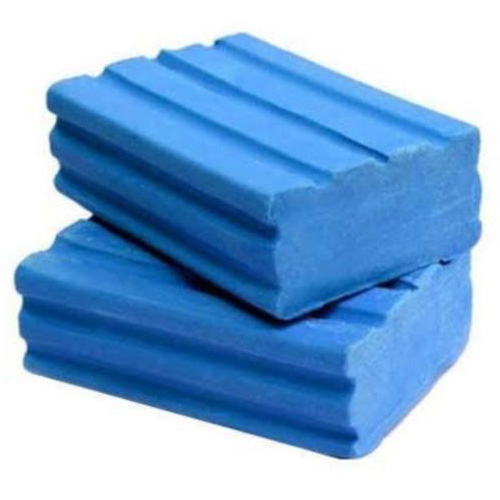

Detergent Soap Making machine and raw Material
A detergent soap making machine is a piece of equipment used in the production of detergent soap. It automates and simplifies the soap-making process, increasing efficiency and productivity in manufacturing. These machines are commonly used in industrial and large-scale soap production facilities.
The raw materials used in the production of detergent soap can vary based on the specific formulation and the type of soap being manufactured.
Deal : Bulk, Retail & Export
Brand : All Brands
Quantity : Accepted All
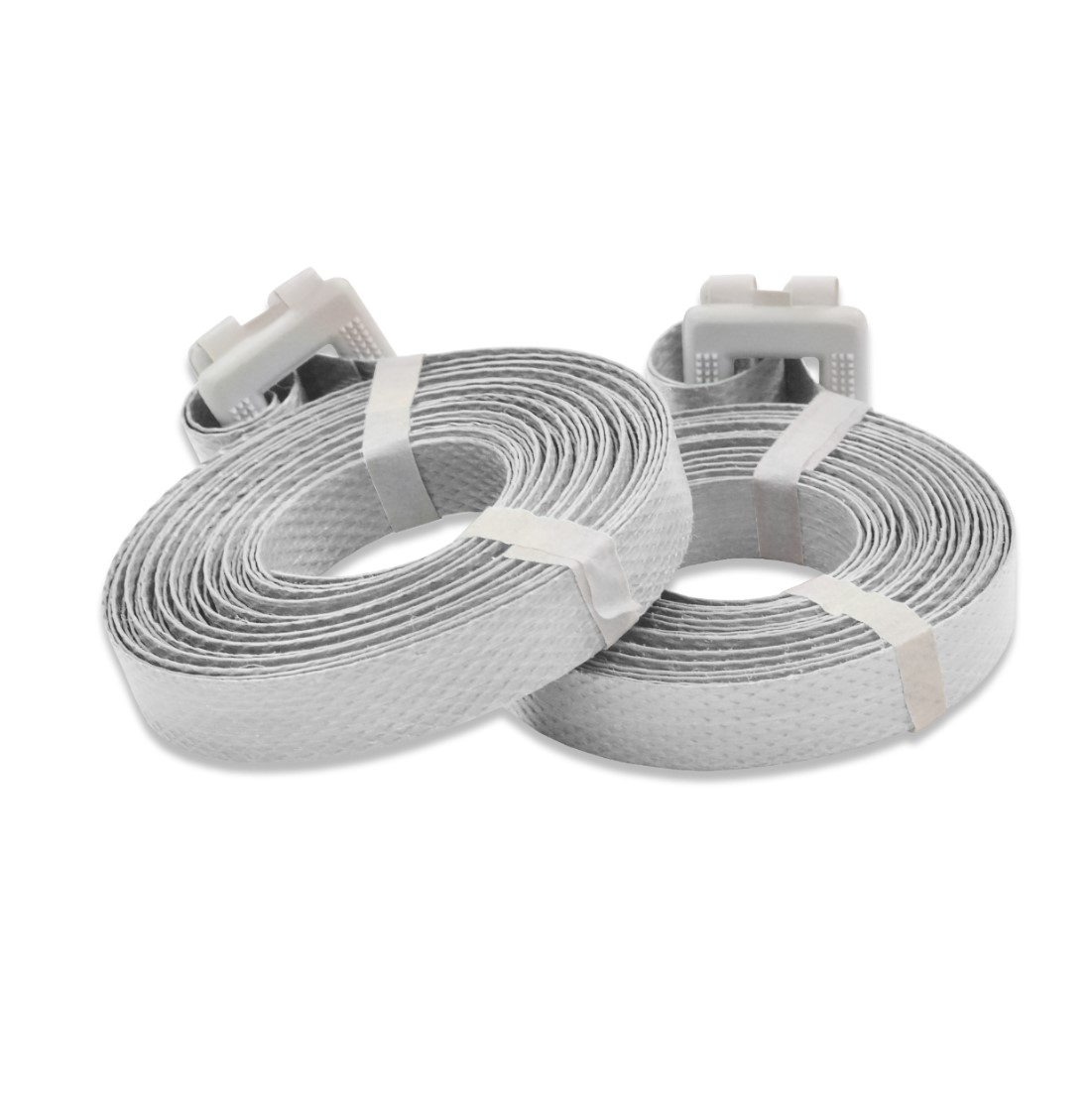

PRE-CUT Strappings
Pre cut polypropylene straps are 17′ in length and come with a pre-attached poly buckle. They are a quick easy way to strap pallets and cartons. Color code for quick identification.
Features:
- Strap size: 1/2 in x 17 ft
- Heavy-duty 300 lb tensile strength
- 500 straps and buckles per carton
- Excellent choice for any strapping or banding needs
Deal : Retail & Export
Brand : All Brands
Quantity : Accepted All
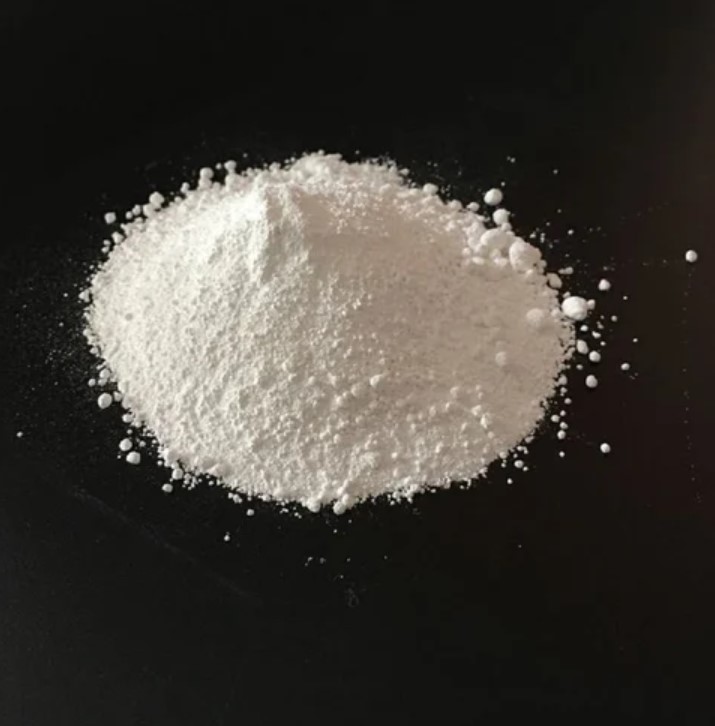

Methyl hydroxy ethyl cellulose
Methyl hydroxyethyl cellulose (MHEC) is a type of cellulose ether that is commonly used as a thickener, stabilizer, and film former in various industries such as construction, pharmaceuticals, cosmetics, and food. It’s derived from cellulose, a natural polymer found in plants, and it’s modified to have both methyl and hydroxyethyl groups attached to the cellulose backbone.
In construction applications, MHEC is often used in cement-based materials to improve workability, water retention, and adhesion. It helps to prevent sagging and dripping of the mixture, thus facilitating easier application and better performance of the final product.
In pharmaceuticals, MHEC is utilized in various formulations such as oral liquids, tablets, and topical creams as a binder, thickener, and stabilizer. Its properties help to improve the consistency, texture, and stability of these formulations.
Deal : Retail & Export
Brand : All Brands
Quantity : Accepted All
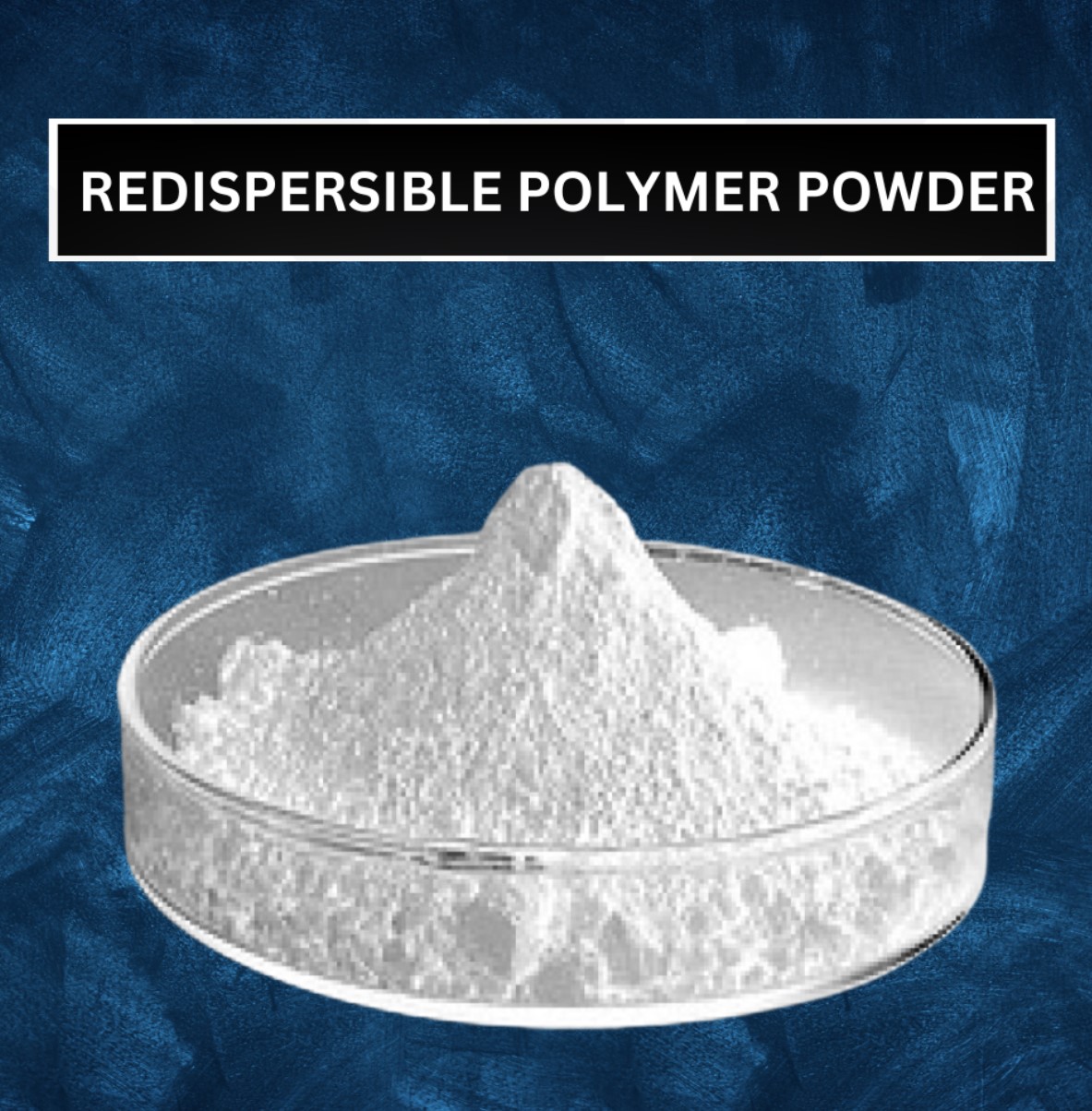

Redispersal powder
Redispersible powders are powders containing polymer dispersions that can be easily dispersed in water to form a stable emulsion. These powders are often used in construction materials, such as tile adhesives, grouts, self-leveling compounds, and cementitious renders, to improve various properties of the final product.
Here’s how redispersible powders typically work:
- Polymer Dispersions: The main component of redispersible powders is polymer dispersions. These dispersions are created by polymerizing monomers in water to form polymer particles suspended in the liquid phase.
- Drying: After the polymer dispersion is formed, it is typically spray-dried to remove the water content, resulting in the formation of a free-flowing powder.
- Redispersibility: Despite being in powder form, redispersible powders have the ability to redisperse in water when mixed, forming a stable emulsion. This is because the polymer particles have been designed to have a certain degree of hydrophilicity, allowing them to quickly and effectively re-disperse in water.
- Film Formation: When the redispersible powder is mixed with water and other components in a construction material formulation, the polymer particles re-disperse and form a continuous film upon drying. This film provides various benefits to the final product, such as improved adhesion, flexibility, water resistance, and durability.
- Improving Properties: The addition of redispersible powders can enhance several properties of construction materials. For example, they can improve workability, cohesion, adhesion to substrates, crack resistance, and resistance to water and weathering.
- Versatility: Redispersible powders can be formulated with different types of polymers to achieve specific performance characteristics tailored to the requirements of different construction applications. Common polymers used in redispersible powders include vinyl acetate-ethylene (VAE), vinyl acetate-versatile acrylic esters (VAE-VeoVa), and ethylene-vinyl chloride (EVC).
Overall, redispersible powders play a crucial role in improving the performance and durability of various construction materials, contributing to the quality and longevity of finished structures.
Deal : Retail & Export
Brand : All Brands
Quantity : Accepted All
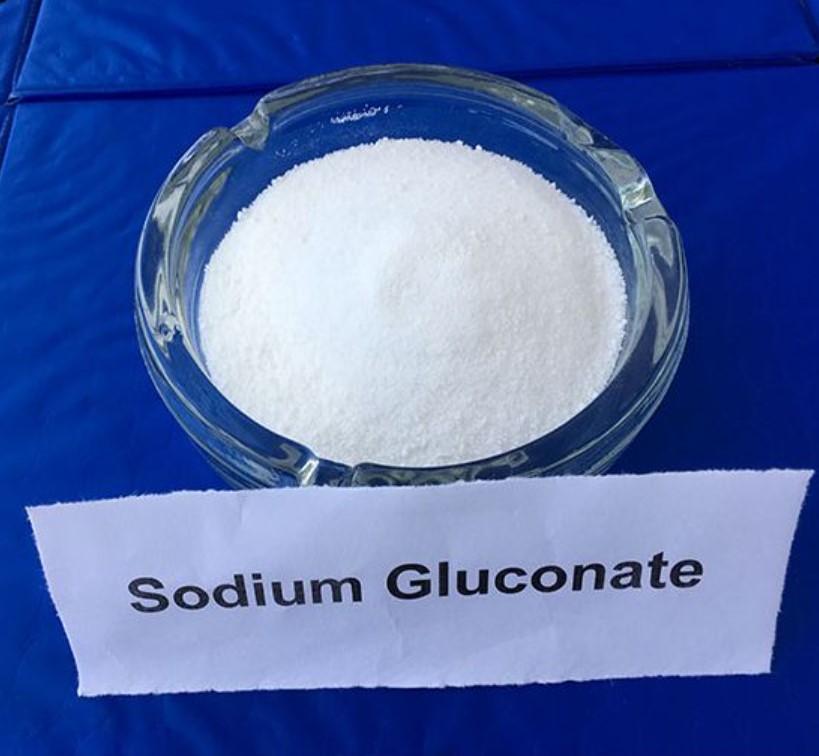

Sodium gluconate is a sodium salt of gluconic acid, which is derived from glucose through a simple fermentation process. It is commonly used in various industries due to its chelating, sequestering, and buffering properties. Here’s a breakdown of its uses:
- Chelating Agent: Sodium gluconate acts as a chelating agent, meaning it can bind to metal ions, such as calcium, magnesium, iron, and copper, forming stable, water-soluble complexes. This property makes it useful in various industrial cleaning products, detergents, and metal surface treatment formulations where it helps prevent the precipitation of metal ions and improves cleaning efficiency.
- Concrete Admixture: In the construction industry, sodium gluconate is often used as a concrete admixture. It functions as a water reducer or plasticizer, improving the workability of concrete mixes by reducing water content without sacrificing the desired consistency. It also helps in delaying the initial setting time of concrete, allowing for better workability and placement.
- Food Additive: Sodium gluconate is considered safe for use as a food additive and is commonly employed as a sequestrant, pH adjuster, and preservative in various food and beverage products. It helps stabilize the acidity or alkalinity of food formulations, prevents discoloration, and enhances flavor stability. Additionally, it can act as a sequestering agent to bind metal ions, thereby improving the stability of food products.
- Personal Care Products: Sodium gluconate is used in the formulation of personal care products such as shampoos, soaps, and skin care products. It serves as a chelating agent, helping to improve the stability and clarity of these products by binding to metal ions that can cause discoloration or deterioration.
- Pharmaceuticals: In pharmaceutical formulations, sodium gluconate may be utilized as a buffering agent to maintain the pH of solutions within a desired range. It can also act as a stabilizer in certain medication formulations.
- Water Treatment: Sodium gluconate is employed in water treatment applications to prevent scale formation caused by hard water. It can chelate with calcium and magnesium ions present in water, preventing them from precipitating and forming scale deposits in pipelines, boilers, and heat exchangers.
Overall, sodium gluconate is a versatile compound with a wide range of industrial applications, thanks to its chelating, sequestering, and buffering properties.
Deal : Retail & Export
Brand : All Brands
Quantity : Accepted All
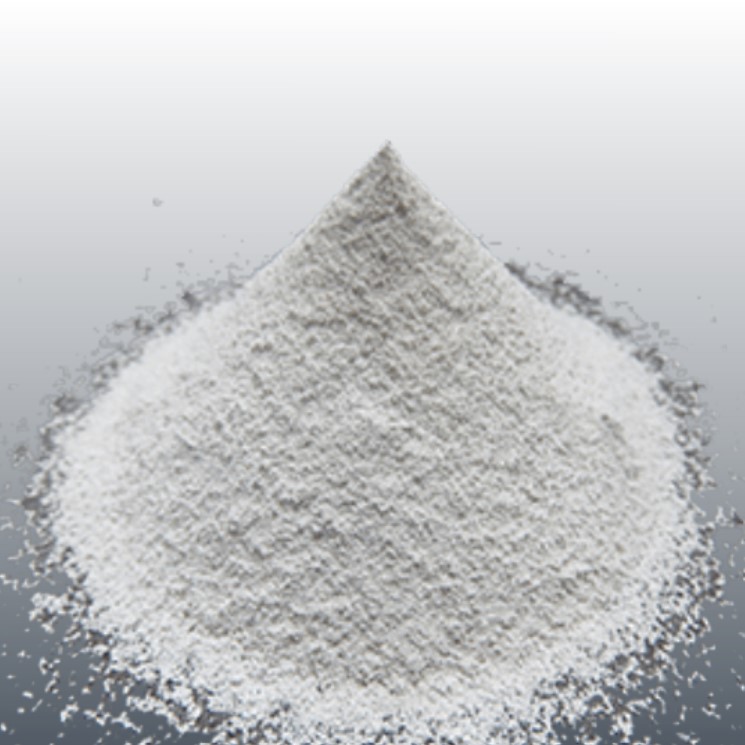

Calcium Chloride Powder
Available Grade : 74% AND 95%
Deal : Retail & Export
Quantity : Accepted All
Calcium chloride powder is a versatile chemical compound with the formula CaCl₂. It’s often used in a variety of applications due to its hygroscopic nature and ability to dissolve easily in water. Here are some common uses and key points about calcium chloride powder:
De-icing and Snow Removal: Calcium chloride is commonly used to melt ice and snow on roads and sidewalks because it is effective at lower temperatures than sodium chloride (table salt).
Dust Control: In dry conditions, it can be spread on unpaved roads to control dust and improve traction.
Food Industry: It serves as a firming agent in canned vegetables and cheese-making. It helps maintain texture in foods.
Water Treatment: Calcium chloride is used in water treatment processes to adjust water hardness and to aid in the removal of impurities.
Industrial Applications: It’s used in various industrial processes, including concrete acceleration (to speed up the curing process) and as a component in brine solutions for refrigeration.
Hygroscopic Properties: Calcium chloride is highly hygroscopic, meaning it absorbs moisture from the air. This makes it useful as a desiccant (drying agent) in certain applications.
When handling calcium chloride powder, it’s important to use appropriate safety measures, such as wearing gloves and eye protection, and to avoid inhaling the dust, as it can be irritating to the respiratory system.
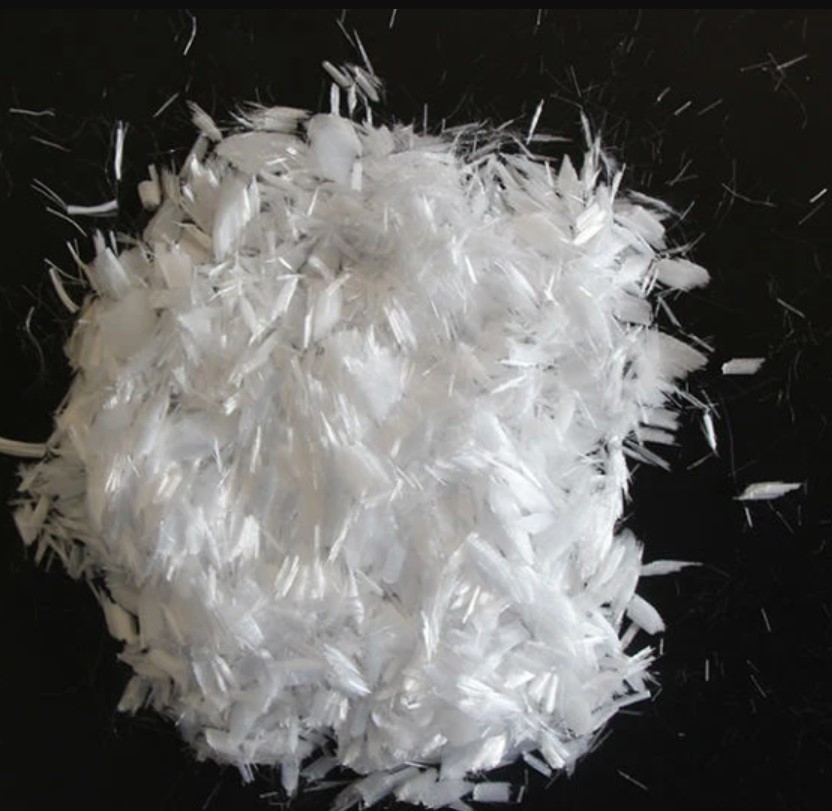

Polypropylene Staple Fiber
Available Size : 6 mm, 9 mm , 12 mm
Deal : Retail & Export
Quantity : Accepted All
Polypropylene staple fiber is a type of synthetic fiber made from polypropylene, a thermoplastic polymer. It is widely used in various applications due to its desirable properties. Here are some key points about polypropylene staple fiber:
Properties:
Durability: Polypropylene staple fiber is known for its high strength and durability. It is resistant to abrasion, which makes it ideal for use in carpets, rugs, and upholstery.
Lightweight: The fiber is relatively lightweight compared to other synthetic fibers, which can contribute to comfort and ease of use in textiles.
Water Resistance: Polypropylene is hydrophobic, meaning it does not absorb water. This makes the fibers resistant to moisture, mildew, and mold, which is beneficial for outdoor and high-humidity applications.
Chemical Resistance: The fiber is resistant to many chemicals, making it suitable for use in environments where exposure to chemicals might be a concern.
Thermal Properties: Polypropylene staple fibers have a relatively low melting point, which can be advantageous in processes like thermally bonded fabrics.
Applications:
Textiles: It is used in a variety of textile products, including carpets, upholstery, and nonwoven fabrics. Its resilience and ease of cleaning make it popular for residential and commercial carpeting.
Automotive Industry: In the automotive sector, polypropylene staple fiber is used in interior components like seat fabrics, door panels, and insulation materials.
Geotextiles: The fiber is used in geotextiles for soil stabilization, erosion control, and drainage applications due to its strength and durability.
Medical and Hygiene Products: It is employed in the production of medical textiles and hygiene products, including wipes and disposable clothing, due to its non-absorbent and sterile properties.
Industrial Applications: The fiber is also used in various industrial applications, including filtration, packaging, and reinforcement materials.
